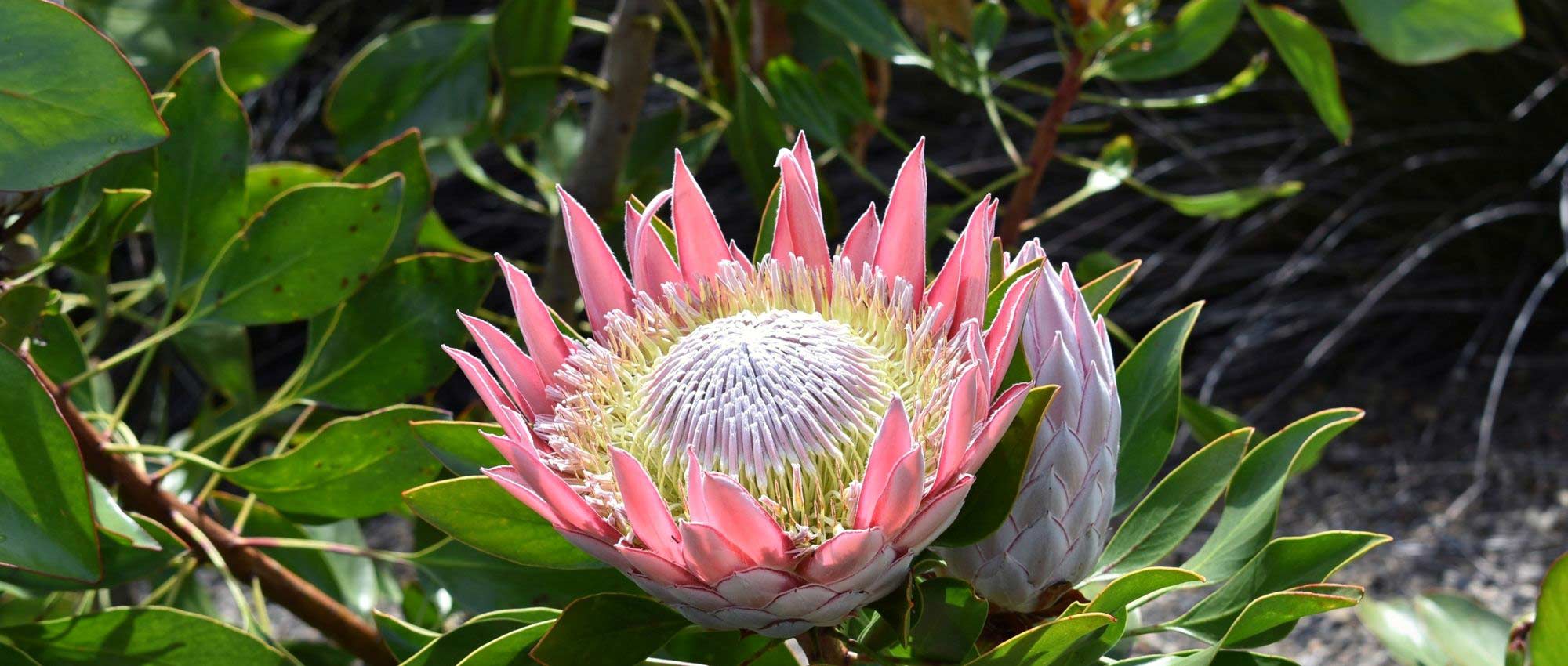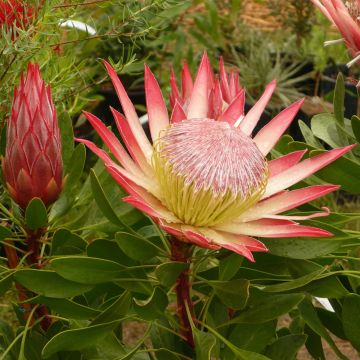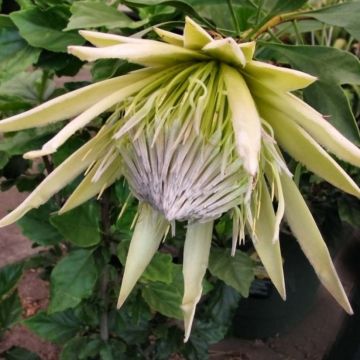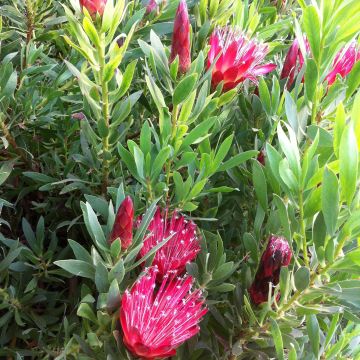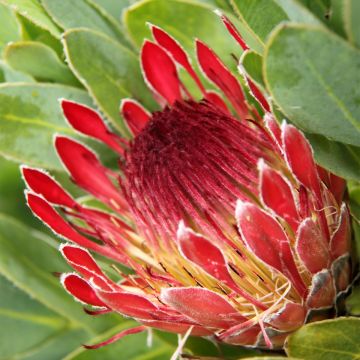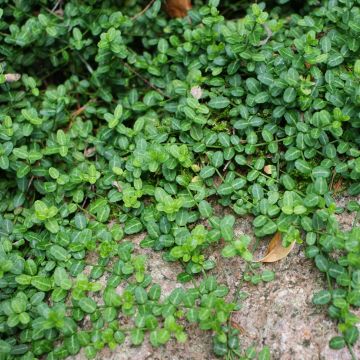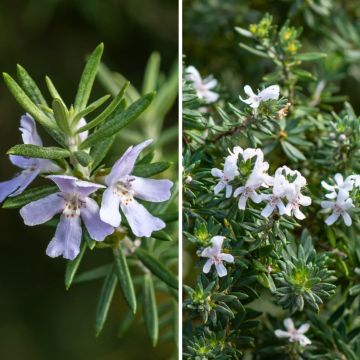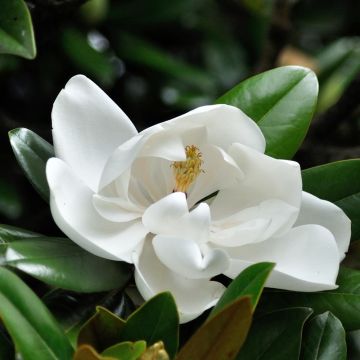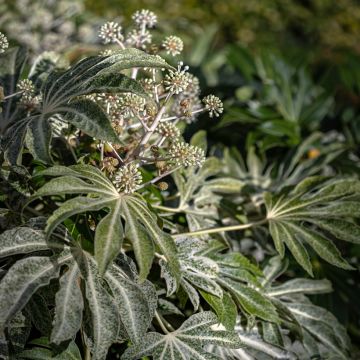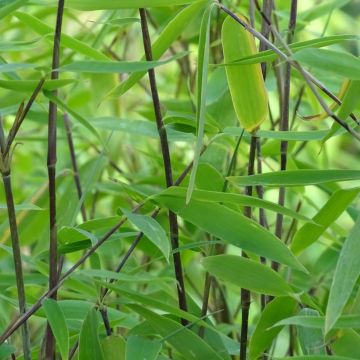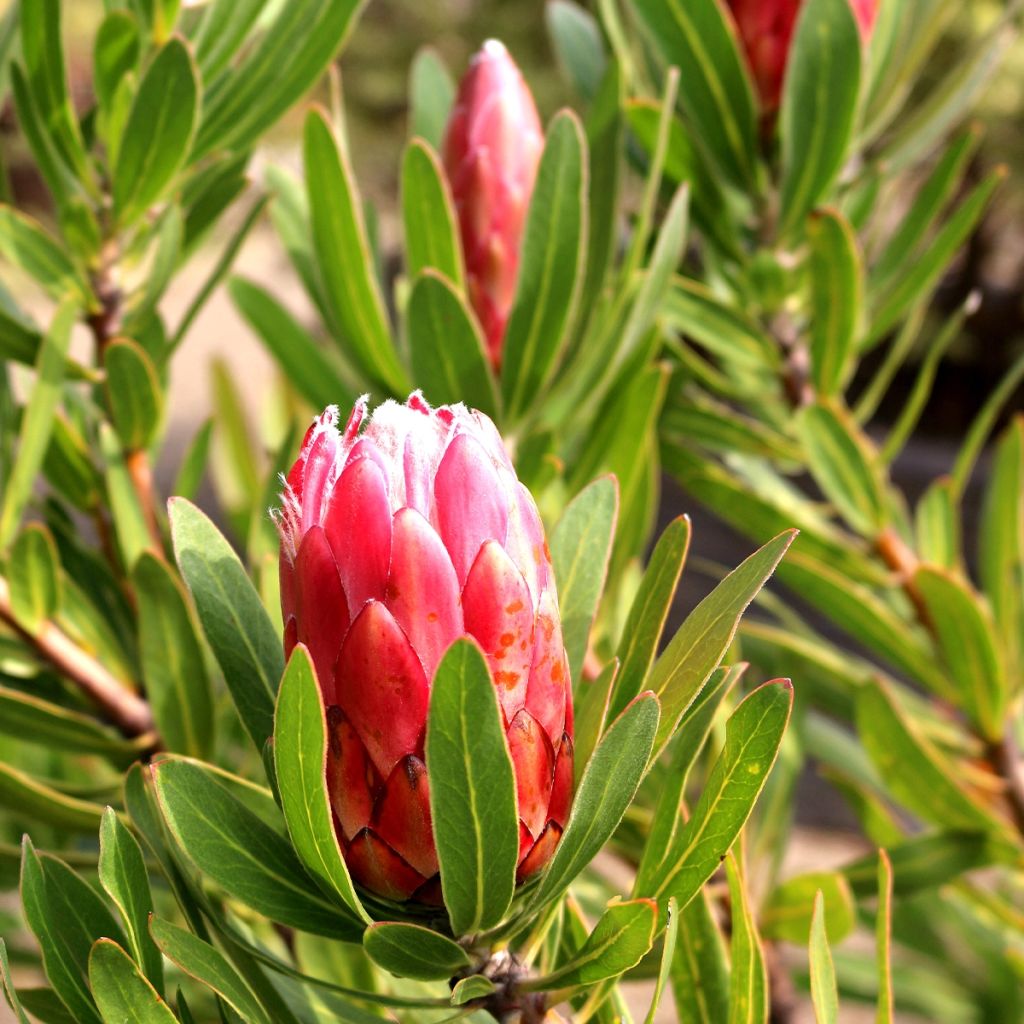

Protea Pink Ice - Protée hybride
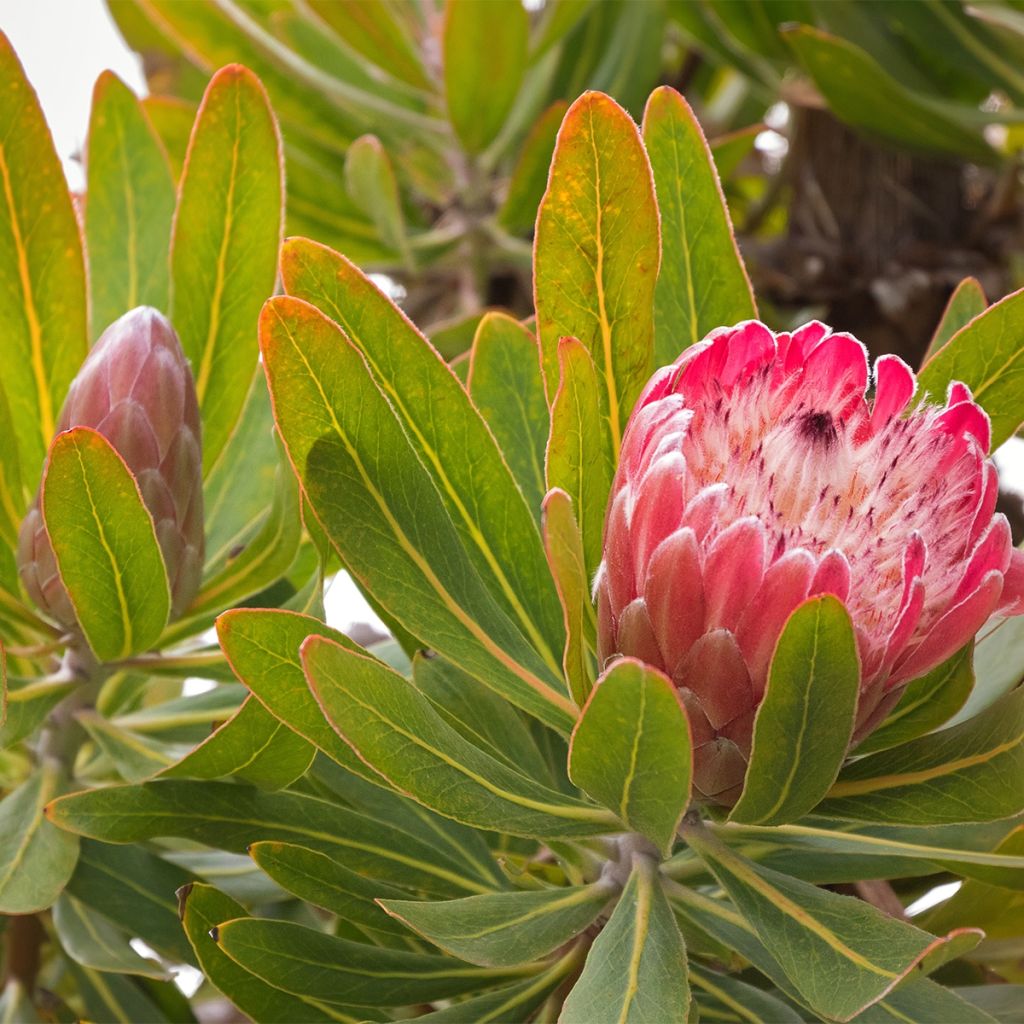

Protea Pink Ice - Protée hybride
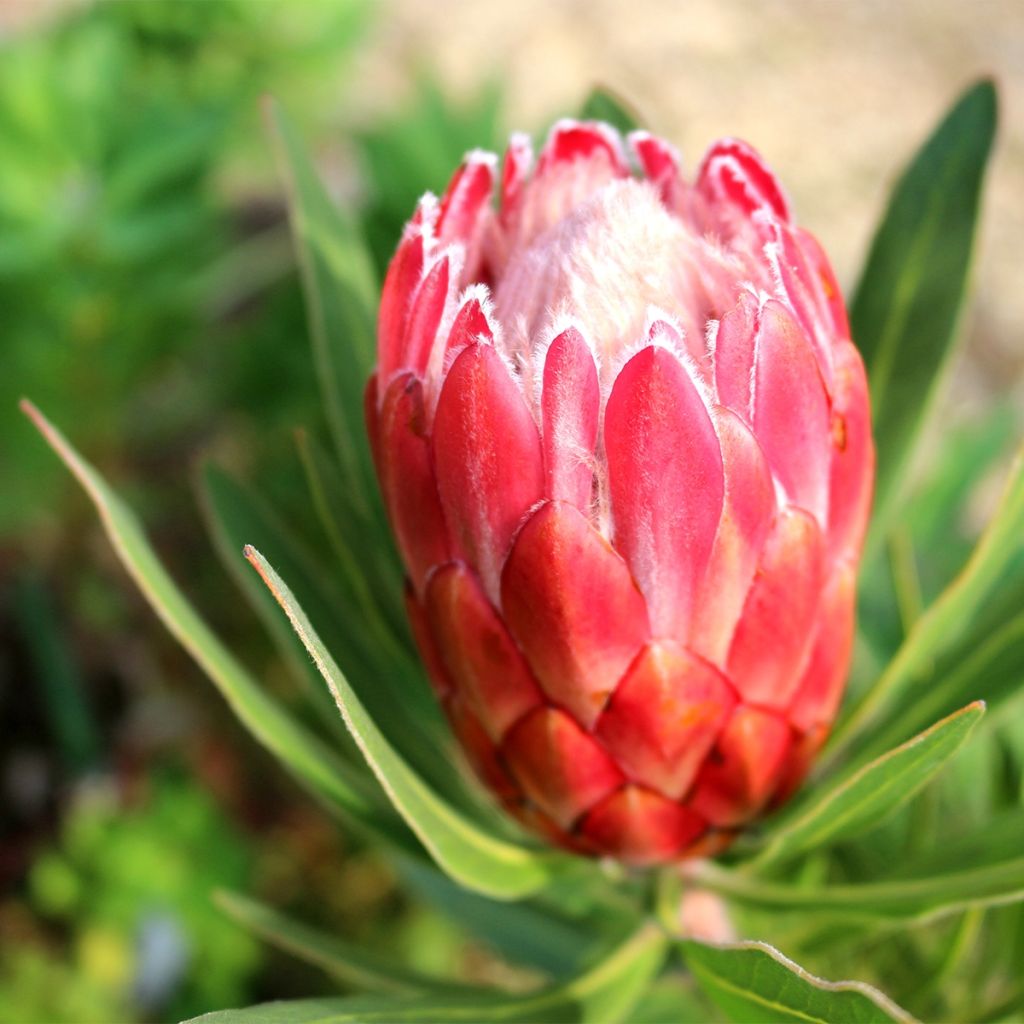

Protea Pink Ice - Protée hybride
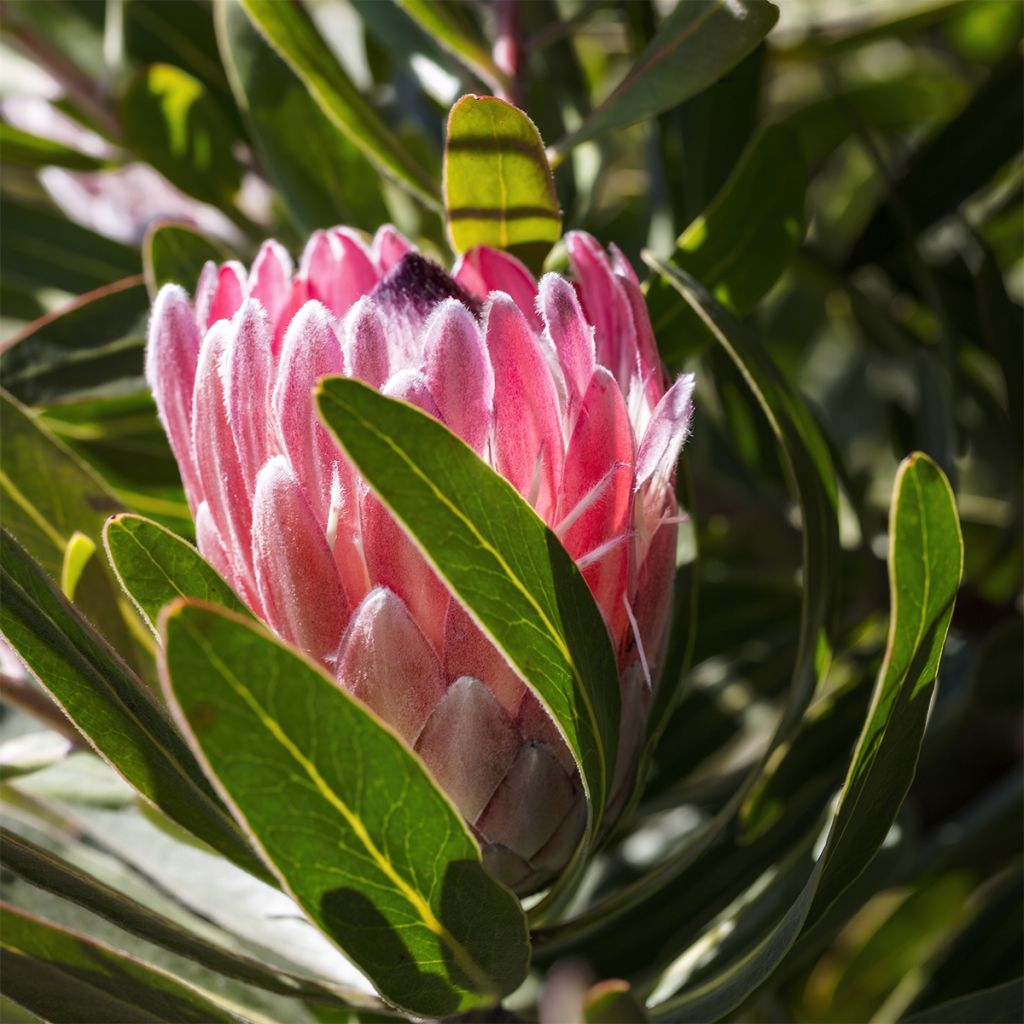

Protea Pink Ice - Protée hybride


Protea Pink Ice - Protée hybride
Protea neriifolia (x) susannae Pink Ice
Protea neriifolia x susannae Pink Ice
Protée hybride
Special offer!
Receive a €20 voucher for any order over €90 (excluding delivery costs, credit notes, and plastic-free options)!
1- Add your favorite plants to your cart.
2- Once you have reached €90, confirm your order (you can even choose the delivery date!).
3- As soon as your order is shipped, you will receive an email containing your voucher code, valid for 3 months (90 days).
Your voucher is unique and can only be used once, for any order with a minimum value of €20, excluding delivery costs.
Can be combined with other current offers, non-divisible and non-refundable.
Home or relay delivery (depending on size and destination)
Schedule delivery date,
and select date in basket
This plant carries a 24 months recovery warranty
More information
We guarantee the quality of our plants for a full growing cycle, and will replace at our expense any plant that fails to recover under normal climatic and planting conditions.
Would this plant suit my garden?
Set up your Plantfit profile →
Description
The Pink Ice Protea is a hybrid protea known for its resistance, vigor, and magnificent late-season flowering. This bushy plant is adorned with beautiful gray-blue foliage, its original flowers are composed of intense pink bracts around a nearly white silky heart. The flowering, which begins in summer and extends into autumn, is very long-lasting on the plant and in bouquets. It is preferable to cultivate it in large pots, outside the mildest areas of our country. This allows for control of the growing substrate composition, as well as storing the plant in an unheated greenhouse or conservatory. Its cultivation requires, like all proteas, a certain know-how.
According to some sources, the 'Pink Ice' protea is the result of cross-breeding between Protea neriifolia and P. susannae. However, the International Protea Register recorded this cultivar as a hybrid of Protea compacta and P. susannae in the 80s. Proteas are perennial shrubs exclusively native to the Cape region of South Africa. Strange in every way, they need fire to germinate their seeds.
'Pink Ice' is hardy down to -6 or -7°C and seems to tolerate heavy soils better than usual varieties. Once established, this plant tolerates summer drought well. It forms a bushy mass that reaches an average size of 1.25 m (4ft) in all directions, sometimes up to 1.50 m. Its growth is quite slow. Its foliage persists in winter. It consists of lanceolate, narrow, thick, and leathery leaves with rounded tips, 15 cm (6in) long. They are covered with a bloom, which gives them a lovely gray-blue colour. Flowering generally begins in August, and continues until October, or even November if the weather is mild. The very decorative inflorescences form at the end of the stems. They take the form of cups and are composed of tough and hairy bracts brightly coloured in pink surrounding the true flowers. The latter are intensely silky, pale pink to white in colour. The flowering attracts many pollinating insects. The thick roots of this plant also serve as a storage organ. In the event of a fire, the protea is capable of regenerating from its roots, nourished by its own ashes.
The 'Pink Ice' protea is a sensational, intensely exotic plant that will delight collectors. It is a plant suited to coastal gardens spared from severe frosts, which will be cultivated in light, poor, acidic to neutral soil. It prefers the Mediterranean coast but also adapts to sufficiently sunny Atlantic coast. Florists, as well as gardeners, appreciate the longevity of its unusual flower adorned with vibrant colours. This plant will have a lot of elegance in a large exotic rockery alongside the Canary viper's bugloss or Puya, Agaves, Dasylirion, Leucadendron, and more.
Protea neriifolia (x) susannae Pink Ice in pictures
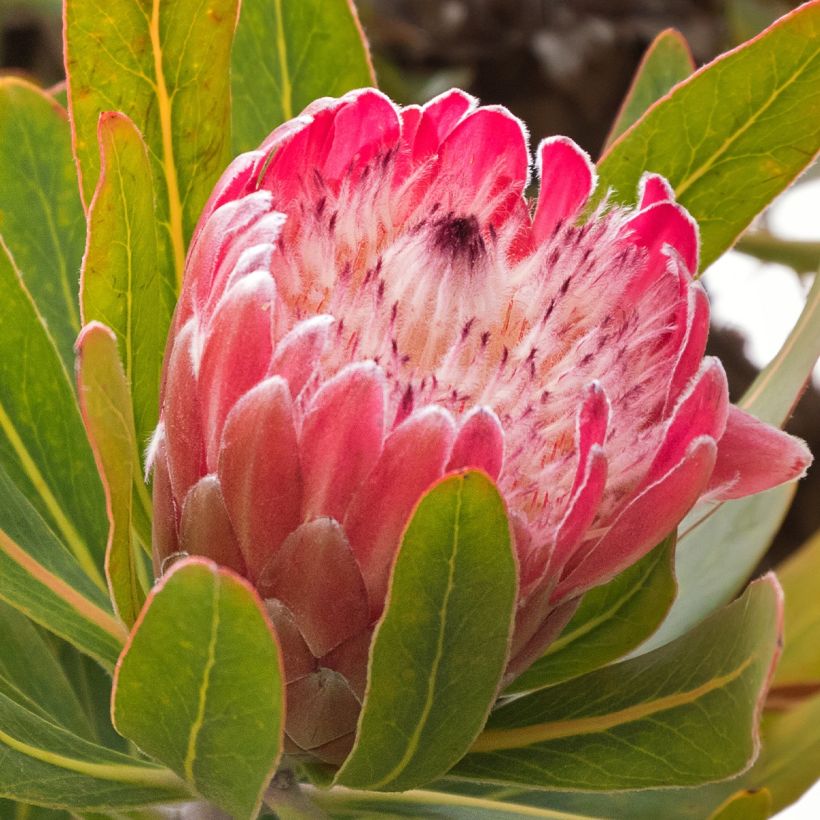

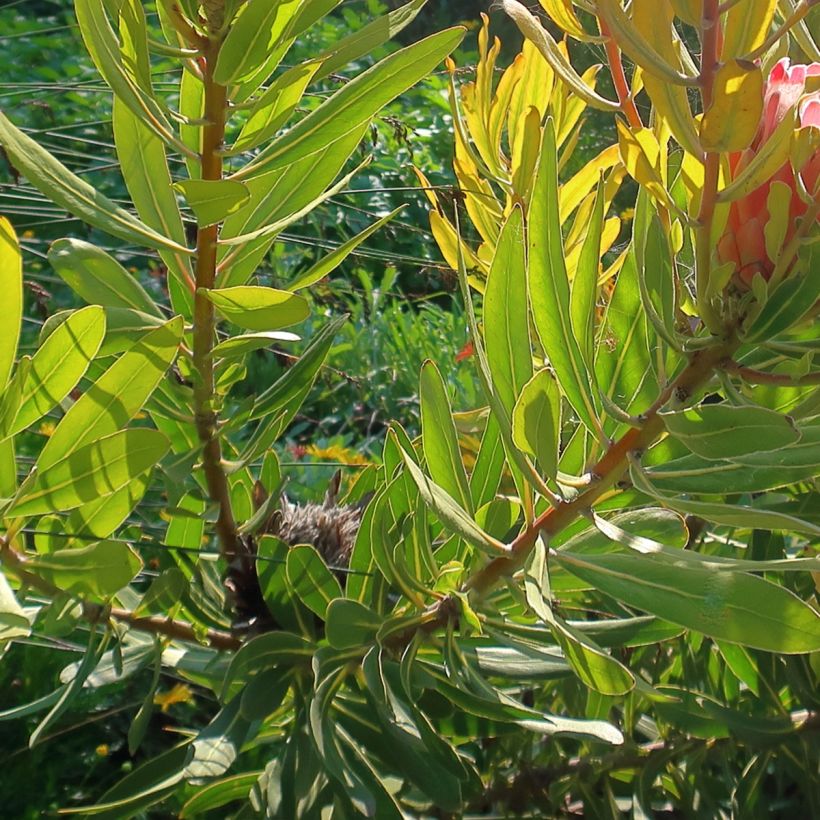

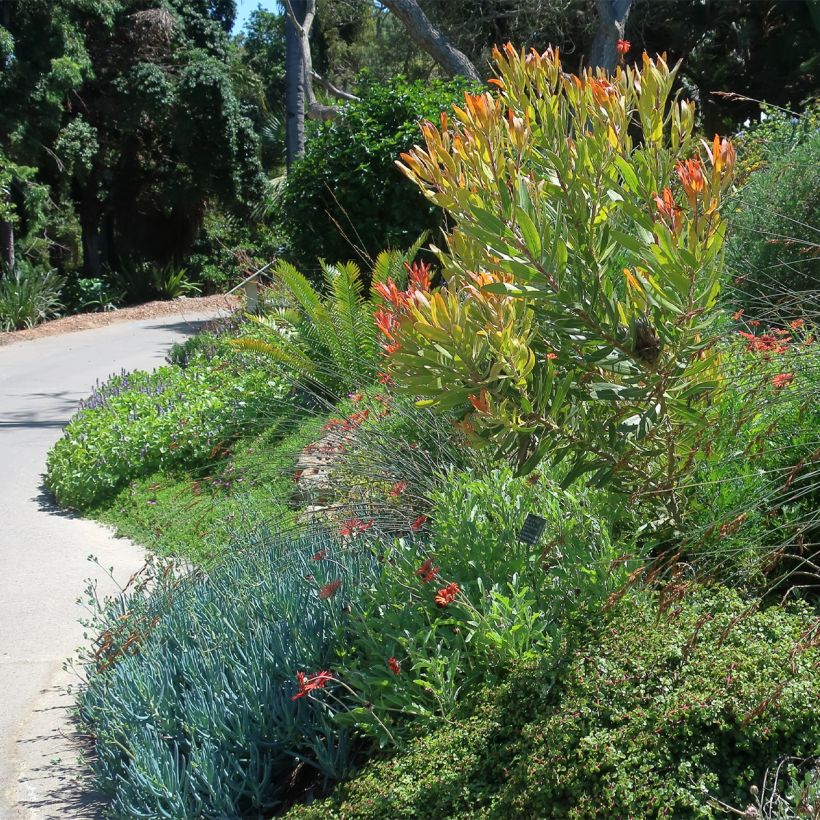

Plant habit
Flowering
Foliage
Botanical data
Protea
neriifolia x susannae
Pink Ice
Proteaceae
Protée hybride
Cultivar or hybrid
Other Protea
View all →Planting and care
Plant the protea 'Pink Ice' preferably in spring, or in autumn in mild climates, in a very sunny and sheltered position. This plant clearly prefers a light, well-drained, poor, mineral soil with a tendency towards acidity. However, it seems to adapt to slightly heavier soils as long as they are acidic and properly drained. In the ground, this protea withstands dry summers once well rooted. A mixture of leaf compost, a little heath soil, and coarse river sand seems appropriate. Proteas are sensitive to excess phosphates and nitrates, so it is important to avoid over-fertilizing. While adult plants tolerate occasional frosts of around -6°C (21.2°F) in dry soil, young proteas should be protected from frost during their first few years, either in a frost-free location in cool climates or under winter protection in regions with mild winters. This plant flowers after approximately 4 to 5 years of cultivation from sowing. For indoor cultivation, it is important to ensure good ventilation in the room and avoid watering with hard water.
Planting period
Intended location
Care
Planting & care advice
This item has not been reviewed yet - be the first to leave a review about it.
Similar products
Haven't found what you were looking for?
Hardiness is the lowest winter temperature a plant can endure without suffering serious damage or even dying. However, hardiness is affected by location (a sheltered area, such as a patio), protection (winter cover) and soil type (hardiness is improved by well-drained soil).

Photo Sharing Terms & Conditions
In order to encourage gardeners to interact and share their experiences, Promesse de fleurs offers various media enabling content to be uploaded onto its Site - in particular via the ‘Photo sharing’ module.
The User agrees to refrain from:
- Posting any content that is illegal, prejudicial, insulting, racist, inciteful to hatred, revisionist, contrary to public decency, that infringes on privacy or on the privacy rights of third parties, in particular the publicity rights of persons and goods, intellectual property rights, or the right to privacy.
- Submitting content on behalf of a third party;
- Impersonate the identity of a third party and/or publish any personal information about a third party;
In general, the User undertakes to refrain from any unethical behaviour.
All Content (in particular text, comments, files, images, photos, videos, creative works, etc.), which may be subject to property or intellectual property rights, image or other private rights, shall remain the property of the User, subject to the limited rights granted by the terms of the licence granted by Promesse de fleurs as stated below. Users are at liberty to publish or not to publish such Content on the Site, notably via the ‘Photo Sharing’ facility, and accept that this Content shall be made public and freely accessible, notably on the Internet.
Users further acknowledge, undertake to have ,and guarantee that they hold all necessary rights and permissions to publish such material on the Site, in particular with regard to the legislation in force pertaining to any privacy, property, intellectual property, image, or contractual rights, or rights of any other nature. By publishing such Content on the Site, Users acknowledge accepting full liability as publishers of the Content within the meaning of the law, and grant Promesse de fleurs, free of charge, an inclusive, worldwide licence for the said Content for the entire duration of its publication, including all reproduction, representation, up/downloading, displaying, performing, transmission, and storage rights.
Users also grant permission for their name to be linked to the Content and accept that this link may not always be made available.
By engaging in posting material, Users consent to their Content becoming automatically accessible on the Internet, in particular on other sites and/or blogs and/or web pages of the Promesse de fleurs site, including in particular social pages and the Promesse de fleurs catalogue.
Users may secure the removal of entrusted content free of charge by issuing a simple request via our contact form.
The flowering period indicated on our website applies to countries and regions located in USDA zone 8 (France, the United Kingdom, Ireland, the Netherlands, etc.)
It will vary according to where you live:
- In zones 9 to 10 (Italy, Spain, Greece, etc.), flowering will occur about 2 to 4 weeks earlier.
- In zones 6 to 7 (Germany, Poland, Slovenia, and lower mountainous regions), flowering will be delayed by 2 to 3 weeks.
- In zone 5 (Central Europe, Scandinavia), blooming will be delayed by 3 to 5 weeks.
In temperate climates, pruning of spring-flowering shrubs (forsythia, spireas, etc.) should be done just after flowering.
Pruning of summer-flowering shrubs (Indian Lilac, Perovskia, etc.) can be done in winter or spring.
In cold regions as well as with frost-sensitive plants, avoid pruning too early when severe frosts may still occur.
The planting period indicated on our website applies to countries and regions located in USDA zone 8 (France, United Kingdom, Ireland, Netherlands).
It will vary according to where you live:
- In Mediterranean zones (Marseille, Madrid, Milan, etc.), autumn and winter are the best planting periods.
- In continental zones (Strasbourg, Munich, Vienna, etc.), delay planting by 2 to 3 weeks in spring and bring it forward by 2 to 4 weeks in autumn.
- In mountainous regions (the Alps, Pyrenees, Carpathians, etc.), it is best to plant in late spring (May-June) or late summer (August-September).
The harvesting period indicated on our website applies to countries and regions in USDA zone 8 (France, England, Ireland, the Netherlands).
In colder areas (Scandinavia, Poland, Austria...) fruit and vegetable harvests are likely to be delayed by 3-4 weeks.
In warmer areas (Italy, Spain, Greece, etc.), harvesting will probably take place earlier, depending on weather conditions.
The sowing periods indicated on our website apply to countries and regions within USDA Zone 8 (France, UK, Ireland, Netherlands).
In colder areas (Scandinavia, Poland, Austria...), delay any outdoor sowing by 3-4 weeks, or sow under glass.
In warmer climes (Italy, Spain, Greece, etc.), bring outdoor sowing forward by a few weeks.






























